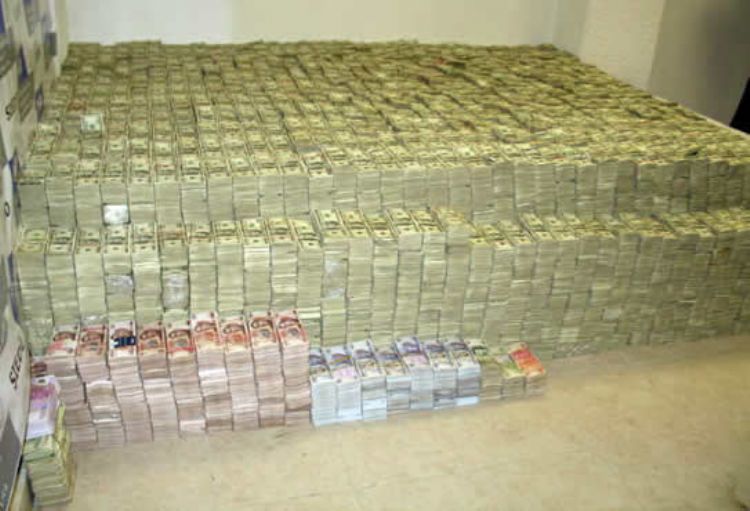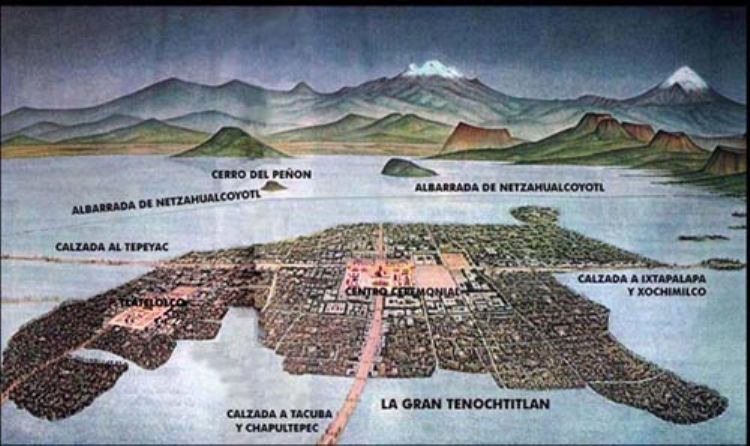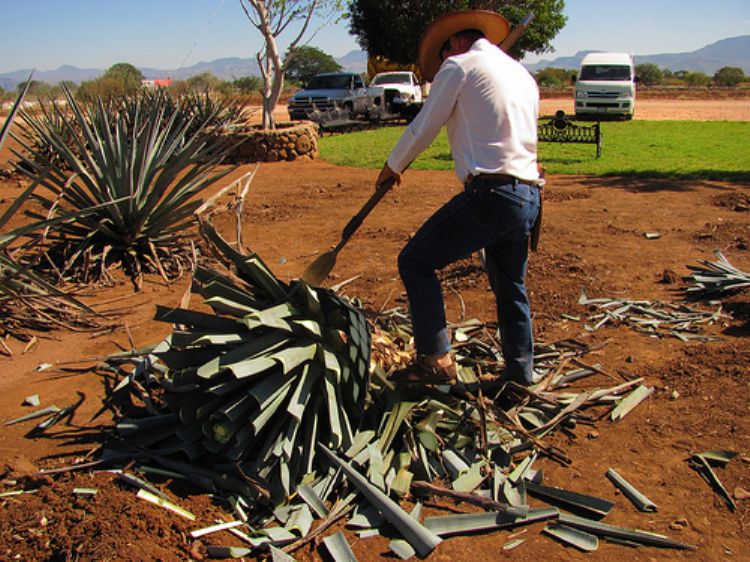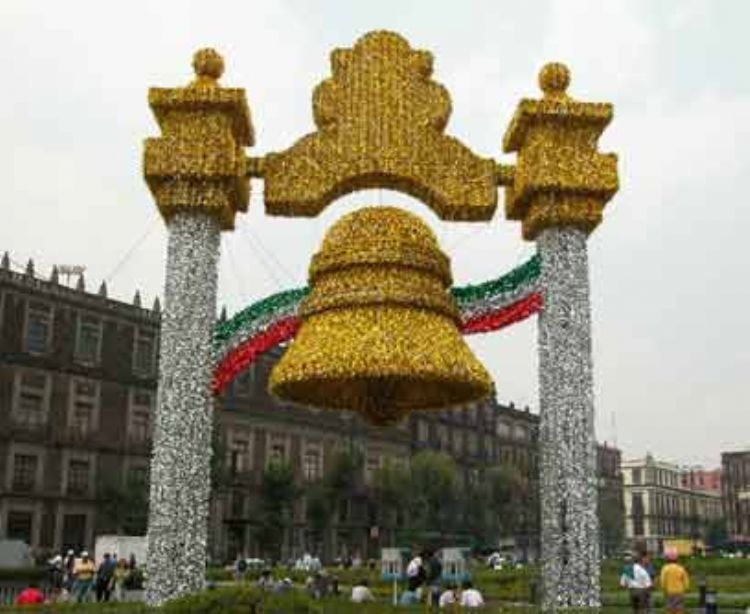
The financial magazines Forbes, Fortune, Expansion, and o...

The Olmec culture occupied the territory known today as Morelos from 200 AD to 500 AD. The great influence of this culture was felt in all Mesoamerica. From 650 AD on, the central highland culture, a mix of Mayan, Teotihuacan and Mixtecozapoteca influence, controlled the land. In the XIII century, the Xochimilcas erected Tepoztlán, Tetela, Hueyacapan and Xumiltepec. In the north the Tlahuicas erected Cuauhnahuac, todayâs Cuernavaca. However, with the flourishing of the mexica empire, and the expansion of their control, the tribes inhabiting these lands were subdued to pay taxes to the great empire controlled from Tenochtitlan. The downfall of great Tenochtitlan was the ultimate goal of the Spanish conquest of Morelos under the command of Hernán Cortés. After a few bloody battles and some peaceful surrenders, in 1521, as expected, Morelos fell into Spanish control and became a corridor towards the capital of the mexica empire. The participation of a native from Morelos, José MárÃa Morelos y Pavón, during the struggle for Mexican independence stands out in history. In 1821 after the victory of Mexican insurgents, a new free and sovereign Mexican nation is born. In 1824 the Union Congress passes the creation of the new Mexican territories with the creation of the District of Cuernavaca, today known as the Morelos state. In the mid XIX century Mexico had to face the North American invasion. The city in the Cuernavaca District is taken by the enemie's army. History again stresses the participation of a native from Morelos, Juan Alvarado, in the defense of the city. Short after, in 1864, the French invasion meant a new struggle for the country. The new emperor decided to live in Cuernavaca, at the Borda Gardens, after seeing the cityâs beauty and peacefulness. Two years later, by orders of the emperor, the first telegraph is inaugurated and the first telegram is sent to empress Carlota. The official creation of the state of Morelos is approved in 1869 and includes the delegations of Cuernavaca, Cuautla, Jonacatepec, Tetecala and Yautepec. With this action the Mexican state reduced itself in area and the new independent government lessens the risks of managing a vast state as in the past. During Porfiirioâs government the railway MexicoâCuernavaca and the Porfirio Diaz Theater were built,; the dictator held numerous and exclusive parties in Morelos during his years in power. Emiliano Zapata, heroic leader, his brother Eufemio Zapata, Pablo Torres Burgos and Francisco Leyva , all born in Morelos, were distinguished members of the insurgent army during the Mexican Revolution.

The financial magazines Forbes, Fortune, Expansion, and o...

Lately, this seems to be the hot topic no matter the soci...

Europe became very interested after the discovery of Amer...

Cochinita pibil is the most famous dish originated in Yuc...

One of the best known products that Mexico has given to t...

